What is Impressionism?
Origins of Impressionism
Impressionism or Impressionism is an artistic movement that emerged in France in the late 19th century. It originated with a group of painters working in Paris at the time.
Impressionist painters organized independent exhibitions in the 1870s and 1880s in opposition to the conservative French academy art exhibition, the Salon de Paris. The painters who participated in these exhibitions are generally referred to as Impressionists.
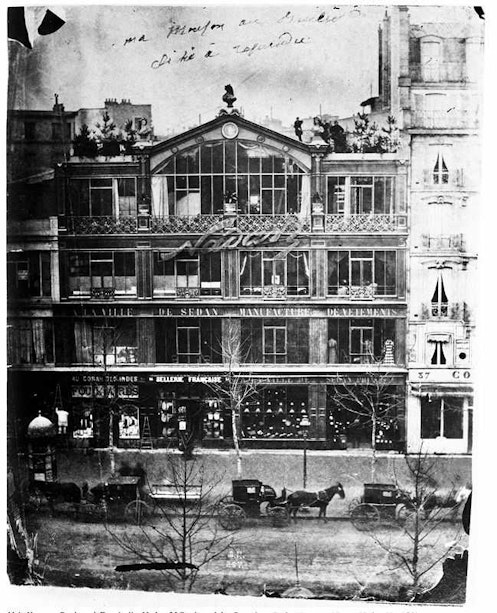
Nadar's studio where the first Impressionist exhibition was held
The Paris painting world before the Impressionists
It should be noted, however, that Impressionists were heretics and minor players in the world of French painting in the late 19th century. The mainstream group at that time was the painters of the Royal Academy of Fine Arts in Paris. To become a full-fledged painter of the period, a painter had to pass the jury of the Salon de Paris, an annual public exhibition held at the Academy, and have his or her work exhibited there.
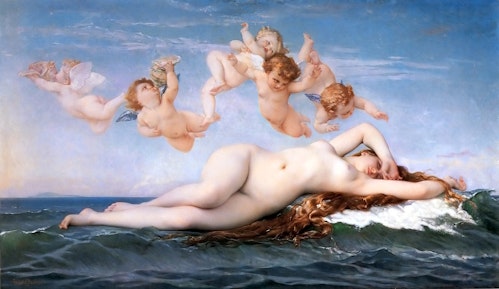
This work was highly acclaimed at the 1863 Salon. Alexandre Cabanel|La Naissance de Vénus, 1863
Origin of the Impressionist name
On April 25, soon after the opening of the first Impressionist exhibition.
In Le Charivat, art critic Louis Leroy published a review of the exhibition under the headline "The Impressionist Exhibition," after the title of a painting by Monet.
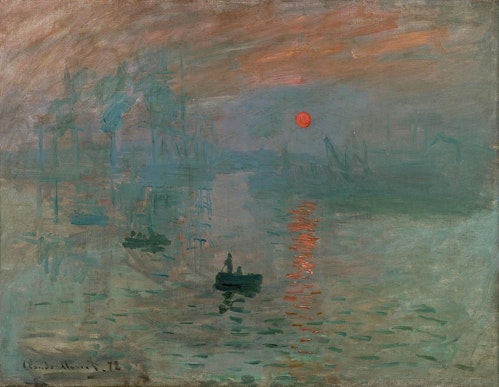
Impression, Sunrise, 1872
'What on earth did this painting depict? See the catalog.
It's called "Impression, Sunrise.
Impression! Of course I thought so. Of course it must be. I must have had a strong impression of it, so there must be plenty of impressions in it. ・・・・・・ How free and uninhibited his brushstrokes are! Even the wallpaper that he has just painted is far too finished compared to this seascape.
The review was scathing, but his scathing review led to the public's recognition of the terms "impressionism" and "impressionism.
At first, the term was used in a derogatory sense, but on the contrary, it came to be used by the impressionist painters themselves.
What are the characteristics of Impressionist works?
The following are some of the characteristics of Impressionist paintings
💡Brush strokes that appear to be 💡eye-like
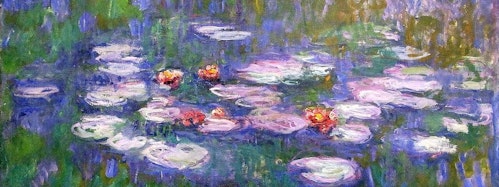
Monet|Water Lilies, 1907
💡Outdoor production made possible by tube paints
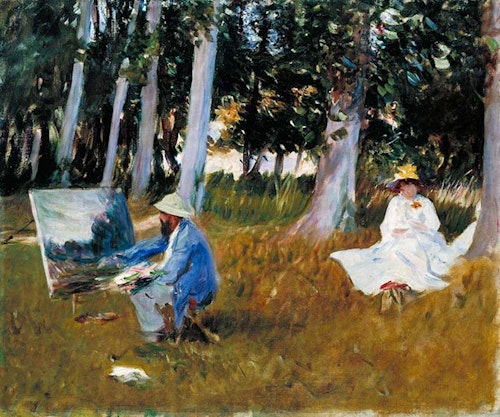
Claude Monet Painting by the Edge of a Wood
💡Motifs of everyday depictions of modernized Paris

Edgar Degas,L'Absinthe, 1876
💡Depiction of light and color changes with time and motion
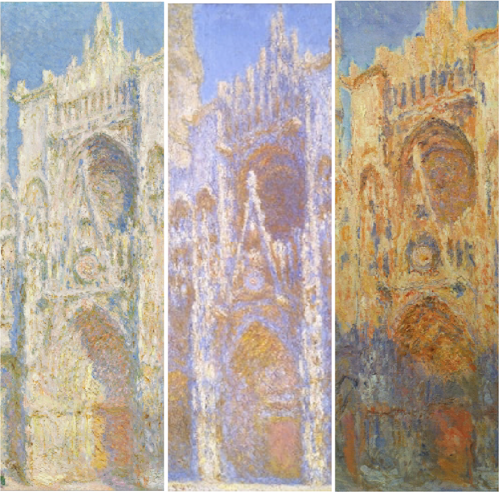
💡Novel drawing angles
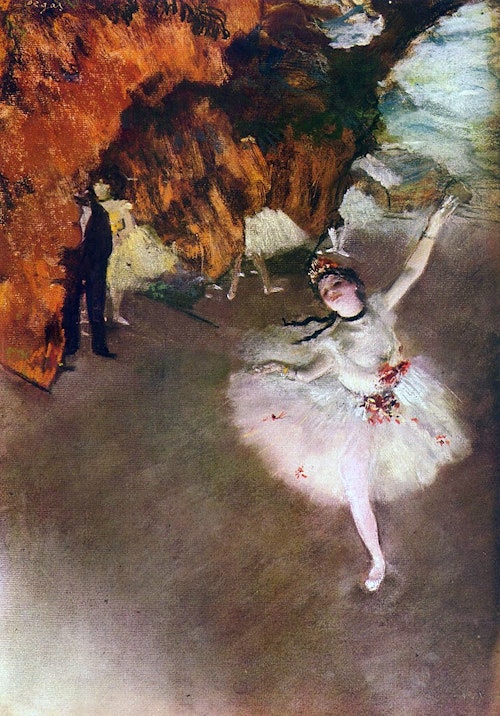
Edgar Degas,Ballet - L'étoile, 1878
When Impressionism first emerged, it was not well received academically and sales were slow. Gradually, however, it became popular among financiers, department store owners, bankers, doctors, singers, and other bourgeois citizens. It was also particularly popular in the United States, a predominantly Protestant and Jewish country, thanks to its everyday subjects, such as nature and rural and urban life, which had less religious overtones.
The Impressionists succeeded the realism of Courbet and Manet, as well as the Barbizon school, and are regarded as the leading avant-garde group of painters in 19th century France that led modern Western painting.
Monet's landscapes and Renoir's nudes are often introduced as representative Impressionist works, and it is an undeniable fact that "Impressionism" has now established a firm position and popularity as the mainstream in the history of modern Western painting.
Famous Impressionist painters
The following is a list of five leading Impressionist painters and their works.
Claude Monet
Monet's works even gave the name "Impressionism" its origin.
He is responsible for creating a very typical Impressionist style in terms of motifs and painting style, such as the shifting light and shadows of nature. In a series of paintings featuring Rouen Cathedral and piles of straw, the artist has finely reproduced the transitions of time.
His technique of capturing motifs lightly with bold brush strokes acquired an unrestrained quality reminiscent of abstract painting in his later years.
The Waterlilies series is still considered one of the most representative works of Impressionism.

Waterlilies, 1906
Pierre Auguste Renoir
At the age of 20, Renoir decided to become a painter and entered Charles Grelle's school, where he met Monet, Sisley, Bazille, and others who would later establish the Impressionist movement together. They also sketched together in the forest of Fontainebleau, near Paris.
He excelled at portraits with a soft and gentle atmosphere, and was one of the few Impressionist painters, along with Monet, to receive high acclaim during his lifetime. He also achieved fame for his portraits of bourgeoisie families, which were characteristic of Paris at the time.
.jpg?w=500&h=371)
Ball at the Moulin de la Galette, 1876
Alfred Sisley
Sisley, who has been described as "the most impressionist of impressionist painters," preferred to work outdoors, along with Renoir, Monet, and Basile.
His paintings are still loved today for their mix of serene French cities and nature.
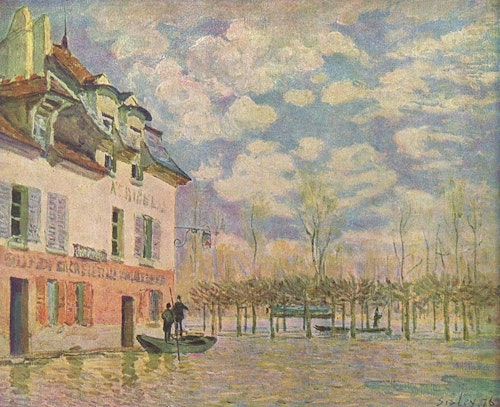
Flood and Little Boat, 1876
Edouard Manet
This painter is famous for his style of depicting scenes and figures of a modernizing Paris, without being bound by the traditional promises of painting. A generation older than the other Impressionist painters, it would be no exaggeration to say that other painters further promoted the revolution that Manet started.
His famous "Lunch on the Grass" and "Olympia" caused a scandal by depicting portraits of prostitutes that suddenly appeared in everyday scenes and were so "realistic" that they were not idealized in the way that classical paintings had been.
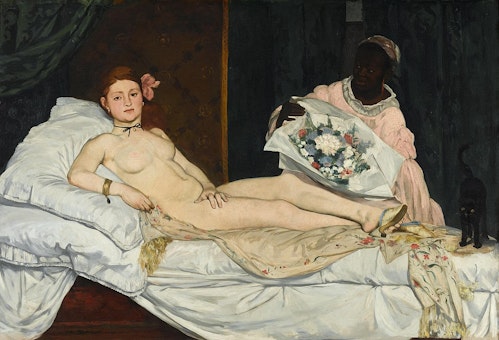
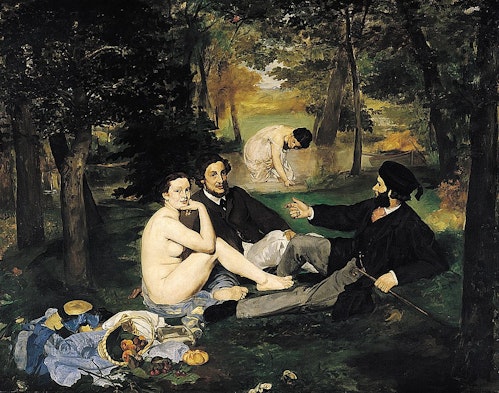
Paul Cézanne.
Cézanne is often introduced as a post-Impressionist (meaning "late Impressionist").
While Monet, Sisley, and other central figures of Impressionism focused on the changes of time and light, Cézanne pursued his own line, emphasizing the presence of the subject.
His works, such as the intentionally distorted forms of his figures and still lifes depicting apples that seem to slide off their pedestals when viewed closely, revolutionized not only the way we perceive light, but also the way we "see" light.
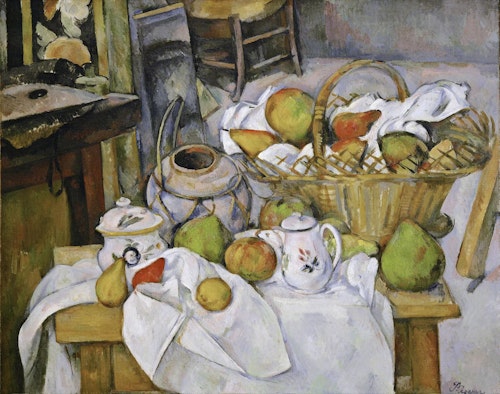
La table de cuisine, 1888
Cézanne, however, also had this to say about Monet: "Monet is one eye.
Monet is an eye, the most extraordinary eye a painter has ever had. I take my hat off to him.
You can read more about Impressionism in this article. Please read it as well.
Art Course 1: Modern Art, First: From Historical Background to the Early Impressionists
Modern Art: From Post-Impressionism to the Influence of Modern Art
What is Impressionism? - Transition of light and space
Post-Impressionism: Paintings No One Has Seen Before
Find Impressionist paintings at TRiCERA ART
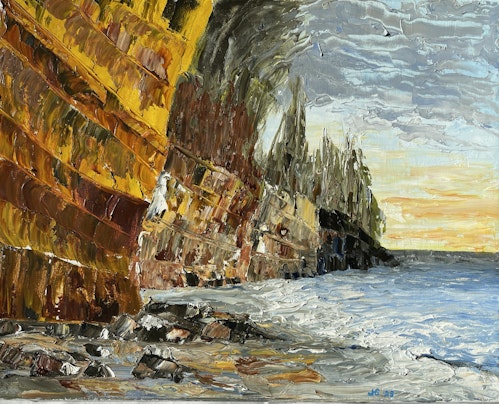
Tofino Cliffs by James Henry Stewart
W 50.80cm x H 40.60cm / ¥45,800
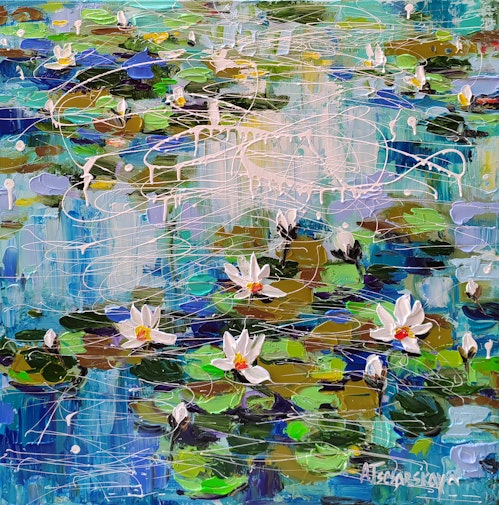
White water lilies by Aliaksandra Tsesarskaya
W 70.00cm x H 70.00cm / ¥289,900
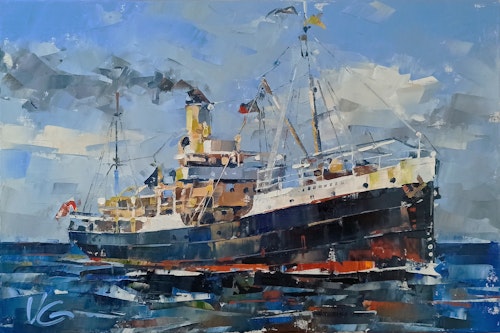
Museum Ship Steamer SS JOHN OXLEY by Volodymyr Glukhomanyuk
W 60.00cm x H 40.00cm|175,300Yen
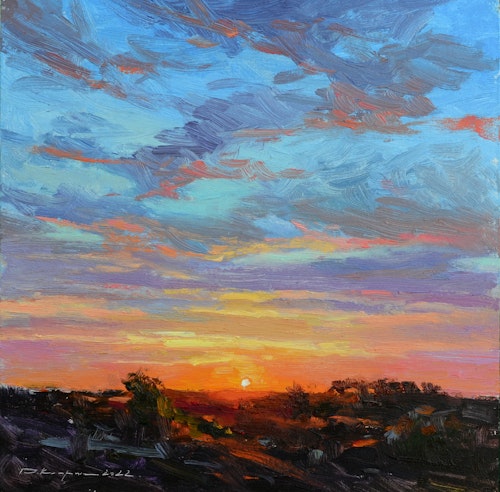
Warm sunset by Ruslan Kiprich
W 24.00cm x H 24.00cm / ¥39,100

Red autumn by Diana Mazjane
W 35.00cm x H 48.00cm / ¥77,200
TRiCERA ART members enjoy a variety of special privileges and preferences.
- Discounts such as members-only secret sales and coupons
- Create your own collection by registering your favorite artists
- Receive updates on popular artists, exhibitions, and events
- Receive a weekly newsletter with selected art
- Personal Assessment to find out what kind of art you like.
Please register as a member for free and receive the latest information.
Free Member Registration